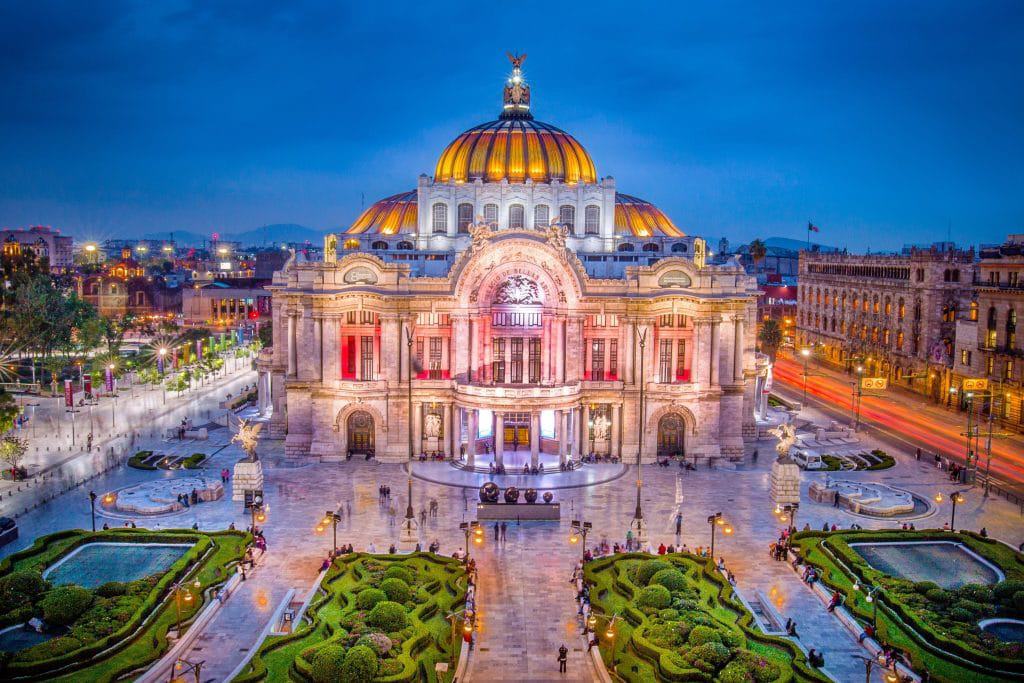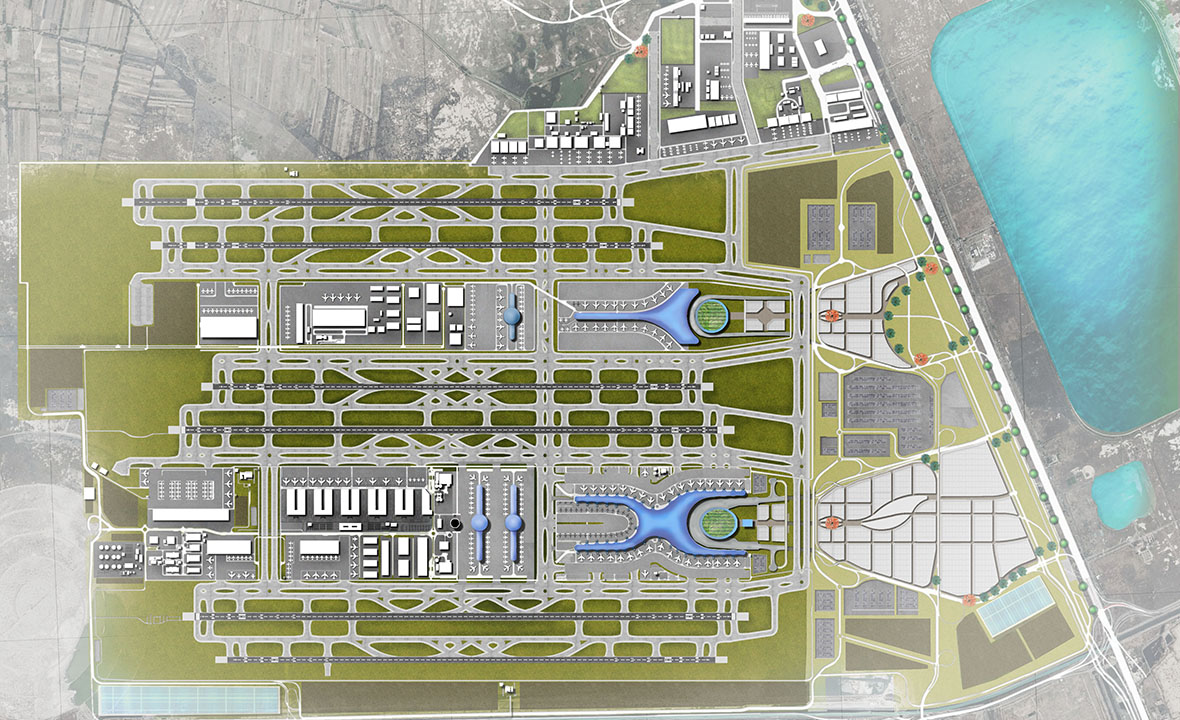“mex airport
Artikel Terkait mex airport
- Okay, Here Is A Comprehensive Article About Dane County Regional Airport (MSN) In English, Aiming For Approximately 2000 Words.
- Okay, Here Is A 2000-word Article In English About Hobby Airport (HOU) Parking.
- Okay, Here Is An Article About Cancun International Airport (CUN) Written In English, Aiming For Approximately 2000 Words.
- Madison Airport
- Okay, Here Is An Article About Gainesville Regional Airport (GNV) In English, Aiming For Approximately 2000 Words.
Table of Content
Video tentang mex airport
Okay, here is a 2000-word article about Mexico City International Airport (MEX), also known as Benito Juárez International Airport (AICM), written in English.

MEX: A Comprehensive Guide to Mexico City International Airport
Mexico City International Airport (MEX), officially known as Aeropuerto Internacional Benito Juárez (AICM), is far more than just a transportation hub; it is a pulsating artery of commerce, tourism, and culture for Mexico and Latin America. Handling tens of millions of passengers annually, MEX stands as the busiest airport in Mexico and one of the busiest in Latin America, a vital gateway connecting the vast North American continent with the diverse nations to its south, as well as serving routes across the Atlantic and Pacific.
Located just a few kilometers east of Mexico City’s historic center, MEX operates in one of the world’s largest and most complex metropolitan areas. Its proximity to the city center is both a convenience for travelers and a significant challenge for urban planners and airport operators alike. The airport’s story is one of continuous growth, adaptation, and grappling with the inherent limitations of its location, set against the backdrop of Mexico City’s unique geography and dynamic development.
A Brief History: From Balbuena to Benito Juárez
The origins of air travel in Mexico City can be traced back to the early 20th century, specifically to the Balbuena military airfield, which was established in 1910. Commercial flights began operating from Balbuena in the 1920s, marking the nascent stages of civil aviation in the country. As air travel grew, the need for a dedicated civilian airport became apparent.
The official inauguration of the modern airport, then known simply as "Aeropuerto Central de la Ciudad de México," took place in 1943, although it wasn’t fully operational with all its facilities until 1952. This early iteration featured a single terminal building and runways designed to handle the piston-engine aircraft of the era.
The jet age brought significant changes and increased demand. Throughout the latter half of the 20th century, the airport underwent several expansions and renovations to keep pace with rising passenger numbers and larger aircraft. A major milestone was the construction of a second runway and significant upgrades to the terminal facilities.
In 2006, the airport was officially renamed Aeropuerto Internacional Benito Juárez, honoring one of Mexico’s most revered presidents. This name change coincided with a period of intense pressure on the airport’s capacity. Recognizing the critical need for expansion, construction began on Terminal 2, a massive project designed to significantly increase the airport’s operational capacity and modernize its infrastructure. Terminal 2 was inaugurated in 2007, primarily becoming the home for Aeromexico and its SkyTeam partners, as well as some other airlines.
The history of MEX is, in many ways, a microcosm of the challenges faced by major airports in rapidly growing urban environments. Despite continuous efforts to expand and optimize, the airport has consistently operated near or above its theoretical capacity for decades, leading to congestion both in the air and on the ground. This persistent challenge ultimately led to ambitious, albeit controversial, plans for a completely new airport for Mexico City, a story that remains central to understanding MEX’s current status and future.

Gateway to Mexico: Strategic Importance
MEX’s strategic importance cannot be overstated. As the primary international gateway to Mexico, it plays a crucial role in the country’s economy, particularly in the tourism sector, which is a major source of foreign exchange. Millions of international tourists arrive through MEX each year, heading to Mexico City itself or connecting to destinations across the country, from the beaches of Cancún and Puerto Vallarta to the colonial cities of Oaxaca and San Miguel de Allende.
Beyond tourism, MEX is a vital link for business travel and cargo. Mexico City is the country’s financial and political capital, and the airport facilitates essential connections for trade, investment, and diplomatic activities. Its extensive network of routes connects Mexico to major cities throughout North America, Europe, Asia, and Latin America, solidifying its position as a key node in the global air transport network.
As the main hub for Aeromexico, Mexico’s flag carrier, MEX is central to the airline’s operations and network strategy. Aeromexico, along with other major Mexican airlines like Volaris and Viva Aerobus, uses MEX as a base to connect passengers from smaller domestic airports to international destinations and vice-versa. This hub function is critical for providing air service to many parts of Mexico that might not otherwise have direct international links.
The airport’s location also makes it a convenient transit point for travelers flying between North and South America. Many airlines utilize MEX as a stopover, leveraging its geographical position to create efficient routes that bypass more northerly hubs.

The Terminal Experience: T1 and T2
Mexico City International Airport consists of two main terminals, Terminal 1 (T1) and Terminal 2 (T2). While connected, they offer distinct experiences and serve different sets of airlines.
Terminal 1 (T1): The Veteran Hub
Opened in stages beginning in the 1950s, Terminal 1 is the older and significantly larger of the two terminals. It’s a sprawling complex that has been expanded and renovated numerous times over the decades, resulting in a somewhat labyrinthine layout. T1 serves a wide array of airlines, including many international carriers from North America, Europe, Asia, and Latin America, as well as several domestic airlines.
T1 is divided into various halls (A, B, C, D, E, F) and gates. Navigating T1 can be challenging due to its size and the sheer volume of passengers. However, it offers a vast selection of services and amenities. Passengers will find numerous check-in counters, security checkpoints, immigration and customs facilities (for international arrivals), baggage claim areas, and a wide range of retail and dining options.

Shopping in T1 ranges from duty-free stores and international brand boutiques to local craft shops and convenience stores. Dining options are equally diverse, featuring international fast-food chains, sit-down restaurants offering Mexican and international cuisine, cafes, and bars.
T1 also houses several airline lounges, including those operated by airlines like United Airlines, American Airlines, British Airways, and others, as well as independent lounges accessible via programs like Priority Pass.
Terminal 2 (T2): The Modern Counterpart
Inaugurated in 2007, Terminal 2 is a more modern and compact facility compared to T1. It was primarily built to alleviate congestion in T1 and serve as the main base for Aeromexico and its SkyTeam partners (like Delta Air Lines, Air France, KLM, etc.), although it also hosts some other airlines.
T2 is generally considered easier to navigate than T1 due to its more contemporary design and layout. It features efficient check-in areas, security checkpoints, immigration and customs facilities, and baggage claim.
While smaller than T1, T2 still offers a good selection of retail and dining options, though perhaps with less overall variety. There are duty-free shops, various retail outlets, cafes, bars, and restaurants.
T2 is home to Aeromexico’s flagship lounges, the Salon Premier lounges, as well as lounges for other airlines operating from the terminal.
Connecting Between Terminals:
The two terminals are located on opposite sides of the airport complex and are not directly connected for pedestrians. The primary method of transfer is the Aerotrén, an elevated automated light rail system. The Aerotrén is free for passengers with valid tickets or boarding passes for connecting flights. It operates regularly throughout the day and night, with stations conveniently located near the check-in areas in both terminals. The journey takes only a few minutes.
Alternatively, passengers can use official airport taxis or shuttle services to travel between terminals. This is a good option for those without connecting flights (e.g., arriving at one terminal and needing to meet someone at the other) or those with excessive luggage, although it is slower and incurs a cost.
Airlines and the Vast Network
MEX is served by a vast array of domestic and international airlines, connecting Mexico City to destinations across the globe.
Mexican Carriers:
- Aeromexico: The dominant carrier, operating an extensive network from T2 to destinations throughout Mexico, North America, Central and South America, the Caribbean, Europe, and Asia.
- Volaris: A major low-cost carrier with a large domestic and growing international network, primarily operating from T1.
- Viva Aerobus: Another significant low-cost carrier, also operating from T1, focusing on domestic routes and some international flights, mainly to the US.
- Other smaller domestic airlines also operate from MEX.
International Carriers:
- North America: All major US carriers (American Airlines, Delta Air Lines, United Airlines, Southwest Airlines, JetBlue) have significant operations at MEX, connecting to numerous cities across the United States. Canadian carriers (Air Canada, WestJet) also operate routes.
- Latin America: Numerous airlines from Central and South America connect their respective countries to Mexico City, including Avianca, Copa Airlines, LATAM, and many others.
- **
